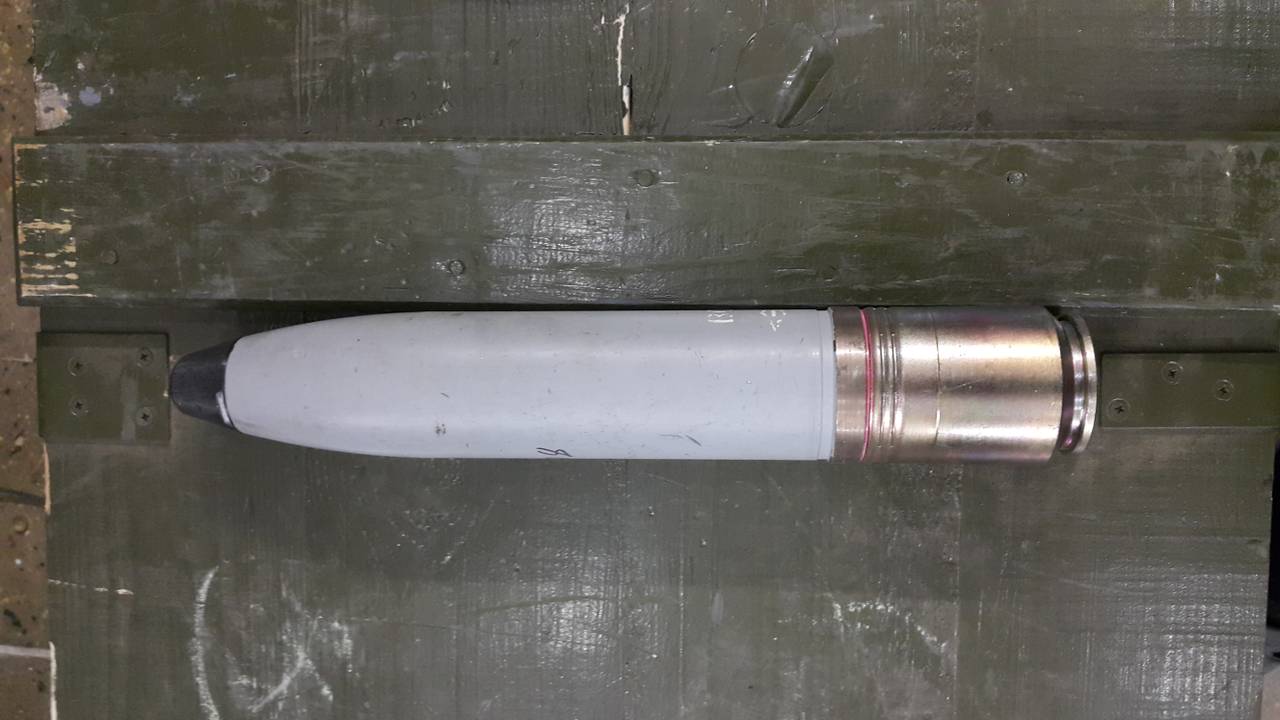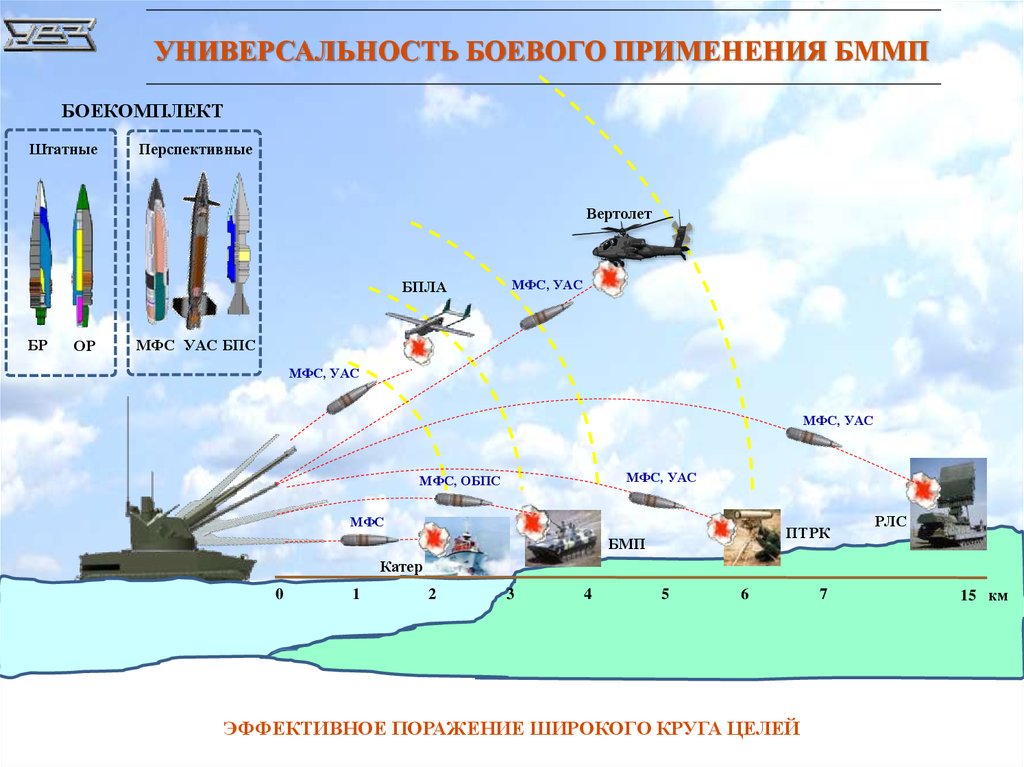That image looks familiar LMFS... perhaps scroll this page up a bit...

What I was trying to say about calibres is each one has a job but sometimes they lose their effectiveness.
With the BMP range of vehicles they started with a 73mm gun because of deficiencies with the AT-3 ATGMs which couldn't hit a tank target within 500m, because it took that long for the system to gather the missile under control and for the operator to get the missile onto line of sight ready to hit a target.
That meant the BMP-1 had to have a main gun that could penetrate the frontal armour of a western tank. The 73mm round it fired was essentially a super heavy RPG-7... in fact it was an SPG-9 rocket with slightly less propellent because it is fired from an enclosed gun instead of an open tube recoiless rifle.
Anyway come time for the BMP-2 the new ATGMs had a dead zone of 20-25 metres so the main gun could be dedicated to shooting enemy BMP like vehicles, which is what it is for.
It was found however that the high velocity 30mm cannon was very good at some things and not so good at others so both the BMPs were used together where their different guns complimented each other.
That is why the replacement BMP-3 replaces the 2A42 30mm cannon with a 2A72 30mm cannon for use against enemy light armour and also the 100mm rifled gun with a HE round and an ATGM replaces the 73mm gun and the external ATGM launcher.
The problem today is that the 30mm round is getting a little small and is now marginal on enemy BMP type vehicles, so the solution is to increase calibre.
The gun is also used for anti aircraft use as well but ironically the 30mm round is OK for aircraft including helicopters where it is still every bit as effective as it used to be, but drones are tiny and you would need to fire thousands of rounds to assure a hit, though airburst shells could solve that though.
One solution is to go to a larger calibre and in this case there seem to be two excellent solutions.
This vehicle (2S38) uses the same round as the S-60 AA gun. It offers good shell weight and good velocity and enough space for a decent warhead but also guided rounds or an effective APFSDS round too as well as a good smart fused APHE round.
It is ideal for anti aircraft use and can be used against ground armoured targets too if need be (traditionally Soviet AA gun vehicles are used in the ground to ground role too).
The second solution is the new 57mm grenade launcher. Just looking at the round itself:

You can see just using your fingers that the width is about 60mm and the entire length of the whole round is just over 5 calibres, which means 60 x 5 = about 300mm.
In comparison the 30mm cannon they use is a 30 x 165mm round, so half the length in terms of propellent case and rather narrower too.
As you can see from the above image the tiny stub propellent case on the HE round is very small much smaller than the propellent case for the 30mm round, but that is only because this is a HE round and muzzle velocity is not important.
The APFSDS round will be the same length as this whole round but instead of a tiny propellent stub and a huge HE projectile it will be a very long shell case with lots of propellent and a metal dart that is much longer and much heavier than anything you could fit into a 30mm cannon shell and with much more propellent pushing it down the barrel at much higher speeds.
With this combination of heavy long fast APFSDS round and long heavy HE round, the 57mm grenade launcher offers the opportunity to replace the 30mm cannon and the 100mm rifled gun on the BMP-3 with a weapon with better penetration than the 30mm and a good HE round that can be carried in much greater numbers and fired at a much higher rate if needed.
One 57mm grenade wont be as powerful as one 100mm shell... but a burst of 3-4 57mm grenades will be more effective.
Now they could have skipped the 57mm calibre and gone for a 76.2mm weapon or something even larger, but the smaller lighter 57mm guns will get the job done with smaller lighter ammo that can be carried in larger numbers.
The Russian Army don't really use 76.2mm guns any more, the smallest weapons they use will be 82mm mortars and 100mm guns, but the Russian Navy does use 76.2mm guns and the technology and design ideas used in the upgraded 57mm ammo for the 2S38 will almost certainly be used in other calibres in the Army and Navy to improve the performance of guns in service.
During WWII at the start of the war the Soviets had a decision to make... fit their brand new T-34 with the new 57mm high velocity gun that could take out Panthers at 1,000m at a time when there were no Panthers and Tigers on the battlefield, or use the 76.2mm gun with progressively longer and longer barrels that were effective against all the vehicles the Germans used at that time.
The main reason they chose the 76.2mm gun was because its HE round was much more effective, and tanks actually used HE round against troops and fortified positions much more than they fired at tanks most of the time.
Note the 57mm anti tank gun I am talking about is not the same as the 57mm AA gun called the S-60, the AT gun ammo had a longer shell case with more propellent. It was a 57 x 480mm round compared with the 57 x 347mm...



 Isos
Isos





